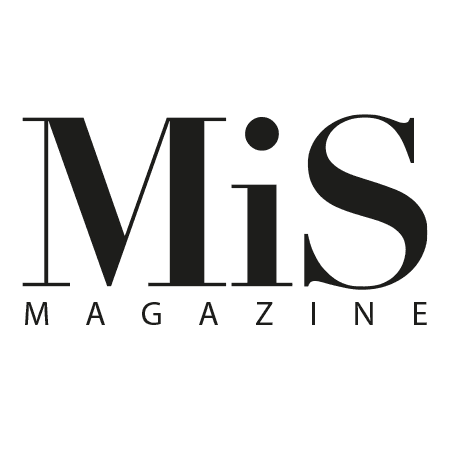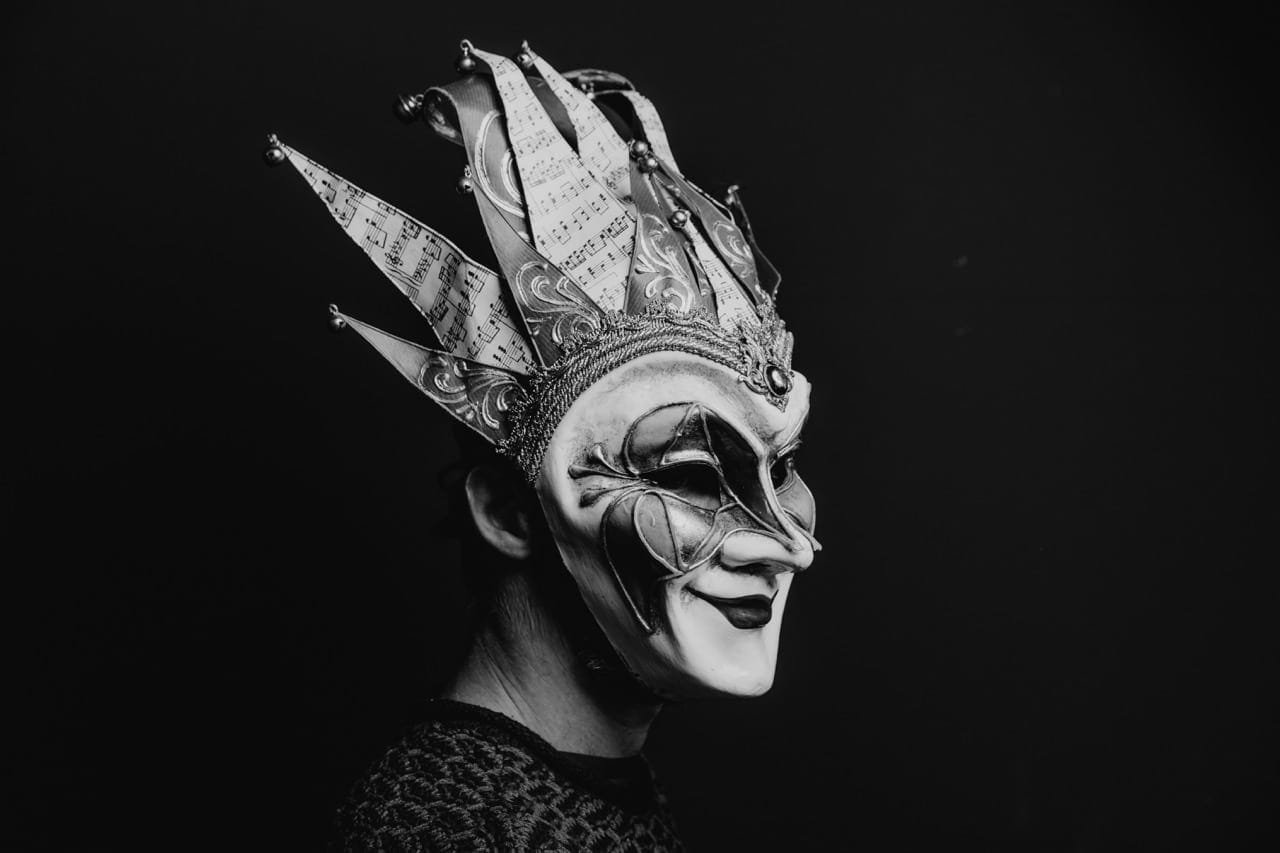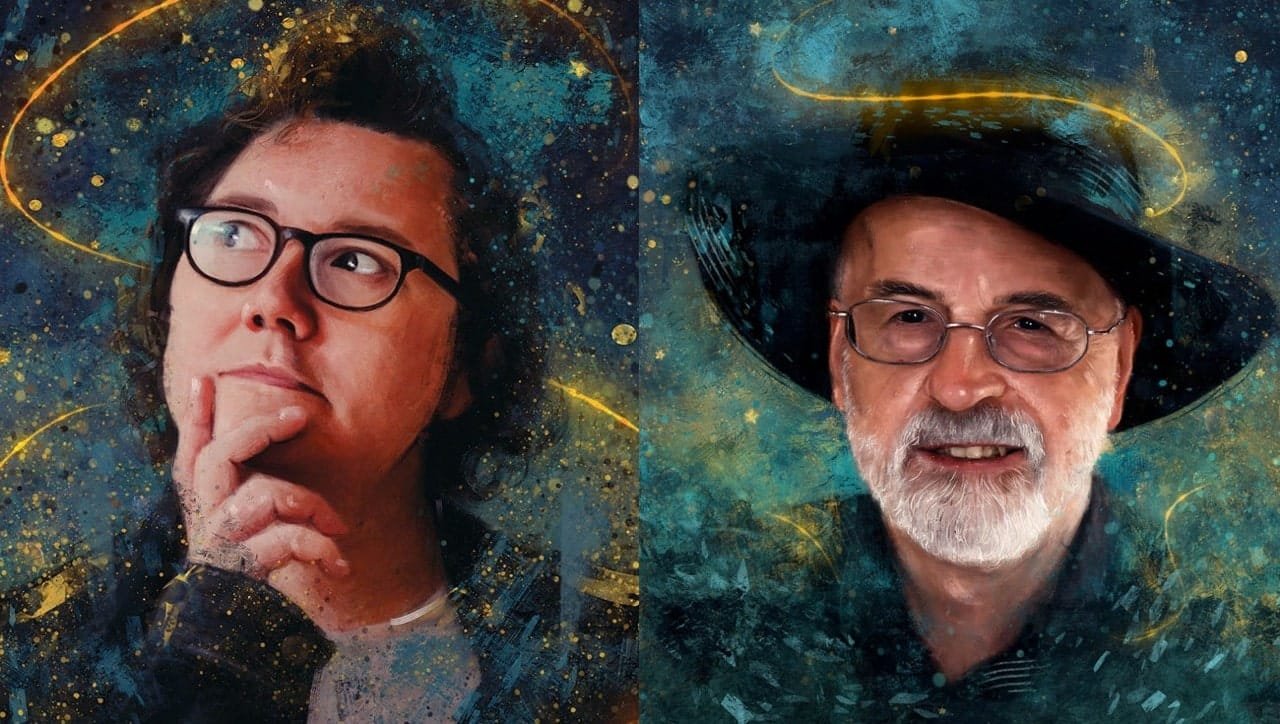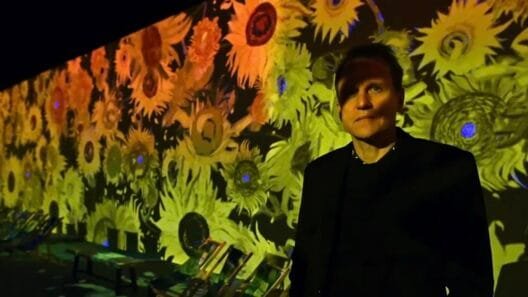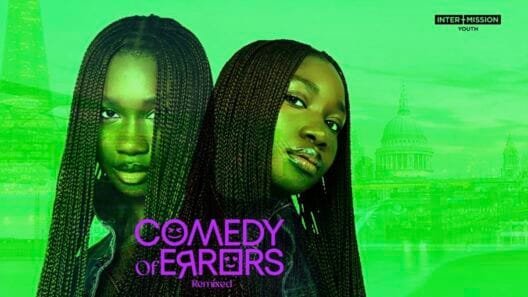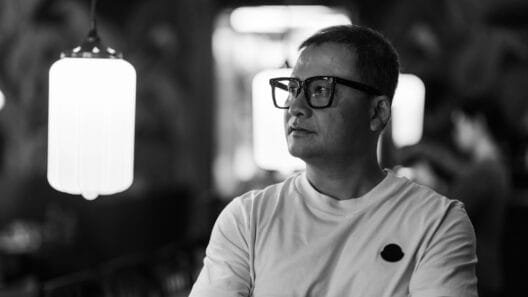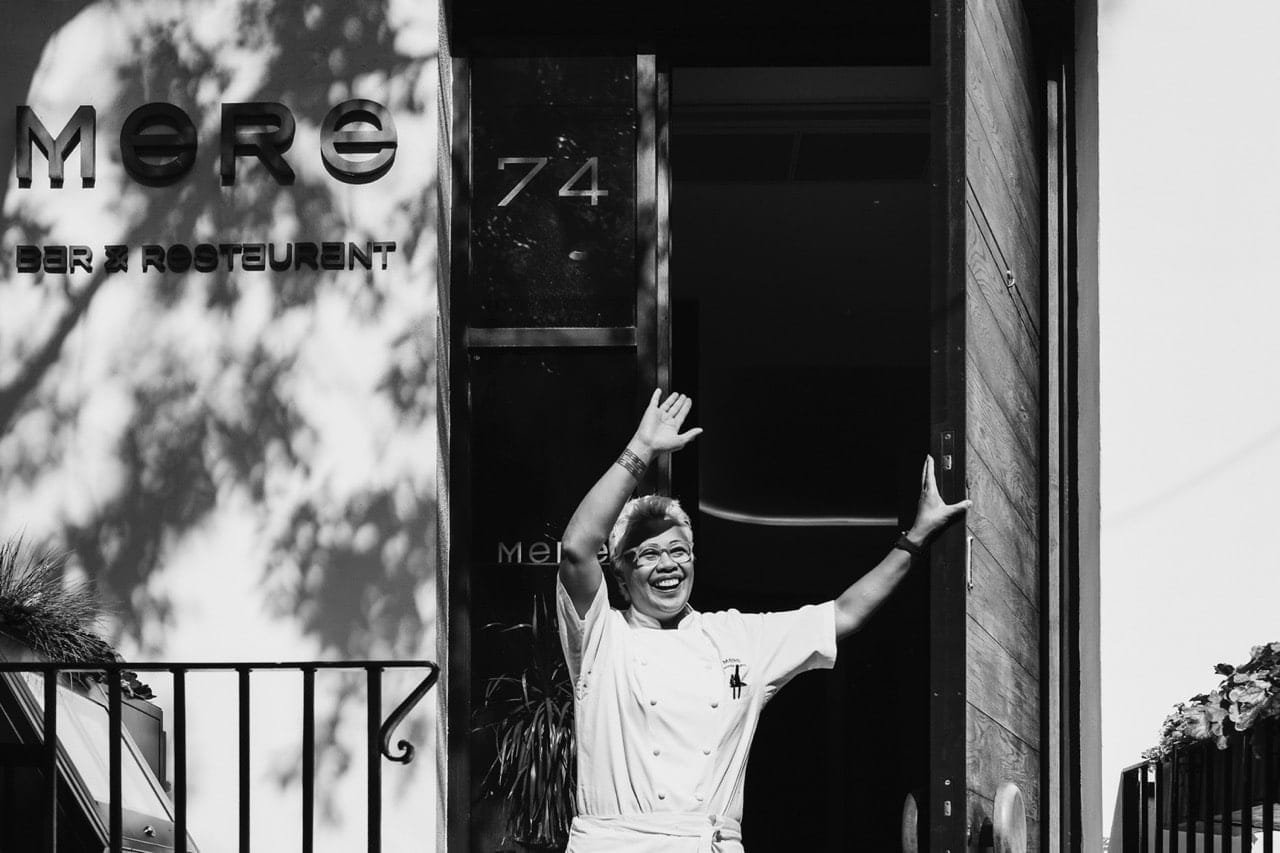Xavier Buendia knows a thing or two about storytelling—whether through wine, photography, or heartfelt community workshops. As he brings his Visual Narratives workshop to Shoreditch, Xavier shares how rhythm, curiosity, and deep editing shape powerful stories. We sat down to talk creative journeys, why editing is a lost art, and what excites him most about Shoreditch’s bold energy.
Your upcoming ‘Visual Narratives’ workshop in Shoreditch focuses on storytelling through images. What do you hope participants walk away with?
It’s an editing workshop basically. Editing as in selecting and arranging work, not retouching, which is a different thing. This workshop is aimed at photographers of any level of expertise who have lots of pictures sitting in hard drives and phones and wish to do something with them and create something out of nothing! I hope it will help transform their work into a meaningful story. They will learn how to select and sequence images to enhance their storytelling, as well as understand how rhythm, flow, and emotional elements impact a photo series. I believe we need more editors in this world.
You’ve mentioned the importance of ‘rhythm and flow’ in photo sequencing — what makes a visual story stick in someone’s mind?
Think about your favourite song, the one that makes you tap your feet, hit your knees to the beat of the drums, or makes you headbang. Exactly the same happens when you carefully edit a project. The way you lay out your photos and arrange them matters to the story that you wish to tell. But it’s not instant, not even fast; you need to edit it first to have something decent, then edit again to have something acceptable, and again for it to start to take shape. Then again, for it to tell a story, again for it to be good, again for it to be excellent, and edit again to be perfect. That should be the aim of editing a project – to show our work in the best possible way.
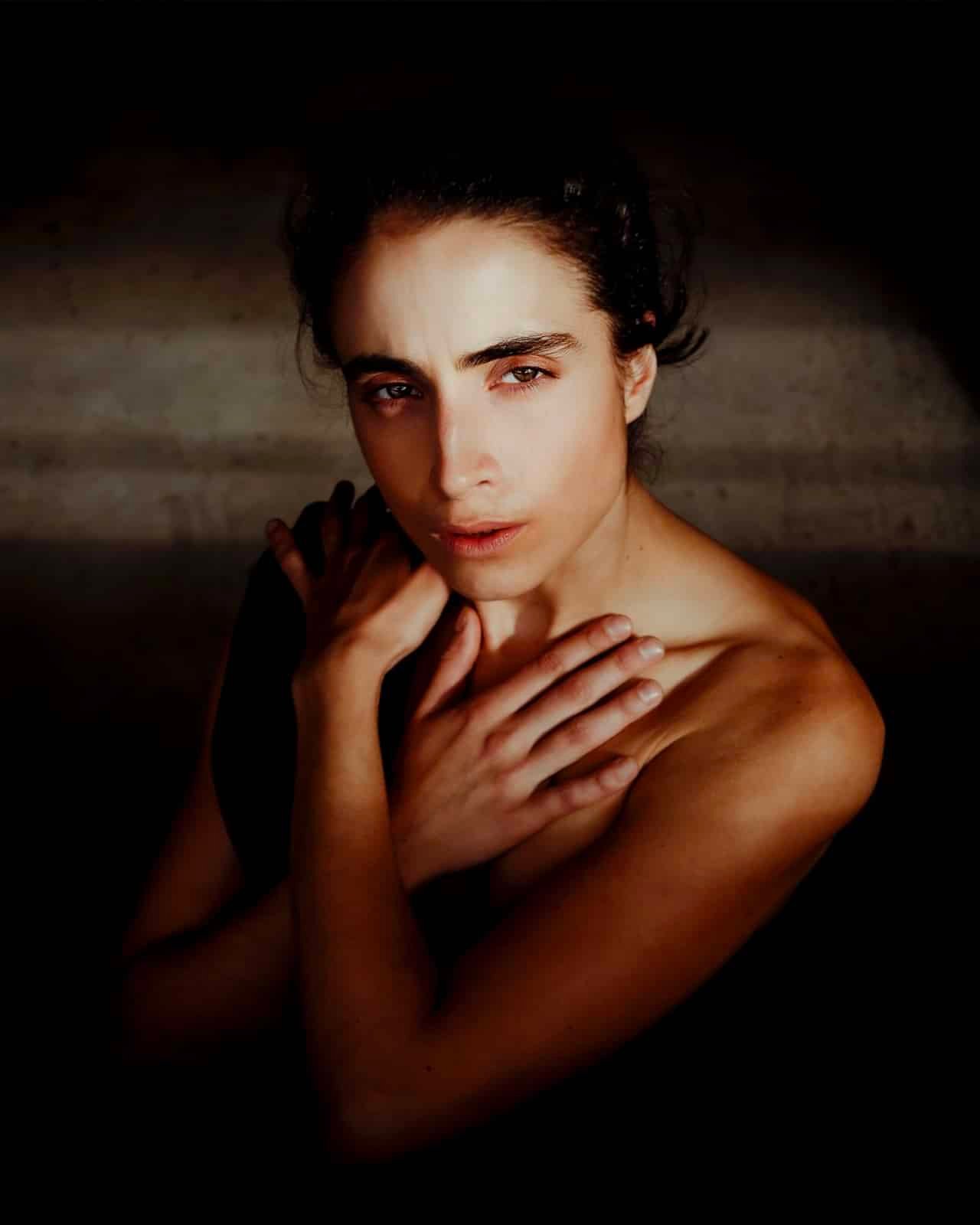
You started your creative career as a sommelier before pivoting to photography – what sparked that shift, and how does your past life inform your work now?
Inner peace! Hospitality is a tough industry physically, socially, and mentally. I worked 15 years in the industry, 10 as a sommelier at a really high standard. Half of that time, I was either daydreaming about how to tell the story of a wine or doing more creative stuff instead of focusing on the day-to-day tasks, so it was an easy choice to make. The industry taught me discipline, resilience, a love for hard work, and commitment. Also communication skills and most importantly, an understanding of human behaviour. I walked out of my last shift not liking people at all. It’s taken me a decade to fall back in love with humanity.
The rest was learning how to run a business. Taking pictures every day and collaborating with other creatives got me better at understanding commercial photography and helped me develop a personal style. This understanding transitioned naturally into creative direction, and now, because my work is so diverse, I’ve started a creative studio for the food industry, helping small, independent businesses get high-quality content. Also, these days I spend more time educating myself and producing creative work like zines, prints, and other fine art bits, writing my newsletter, and teaching photography. I still love food and wine but at a personal level now.
From Monica Galetti to TEDx Brighton, your client list is impressively diverse. How do you adapt your creative lens across food, portrait, and documentary work?
I think that everything is related, and by learning one skill, you can develop a thousand more. If you know, for example, how to do a decent portrait, you know how to light a dish. If you’re comfortable photographing inside a busy kitchen, you’re good at anticipating, so you’ll do well in events or fast-paced documentary work. The rest, for me, is storytelling and curiosity, which I love. For others, it might be deep moments or the beauty of the light at a particular angle. I’d say knowing what moves you is important to be able to work across different niches. Don’t limit yourselves.
You’ve built your brand on stripping away stereotypes and showing people authentically. What draws you to portraiture as a form of storytelling?
People’s stories, their journey, their backgrounds, their history, and their goals of course. I try to bring all that into a single frame through real emotions. I spend a lot of time talking to the people I photograph, getting to know them, how they move, how they stand, or even walk; what makes them who they are. I put all of this into the way they wish to be portrayed. Portraiture is fascinating and a great way to get me out of my shell as an introvert, so it’s also a personal challenge. It feels so good to know you’re helping someone achieve something through one good picture you take of them.
In the free talks you are delivering at Photobook Café, you touch on the hustle behind creative freelancing. What’s one truth you wish every aspiring photographer knew?
That’s a good one! I’d say gear doesn’t make your voice, curiosity, and knowing yourself does. You can have the rarest film camera or the most expensive lens on the market and still take very average pictures. If you’re not asking the right questions with your work, you’re not doing it right. Dare to look a little longer, ask one more question, feel a bit deeper, and see how your work starts transforming.
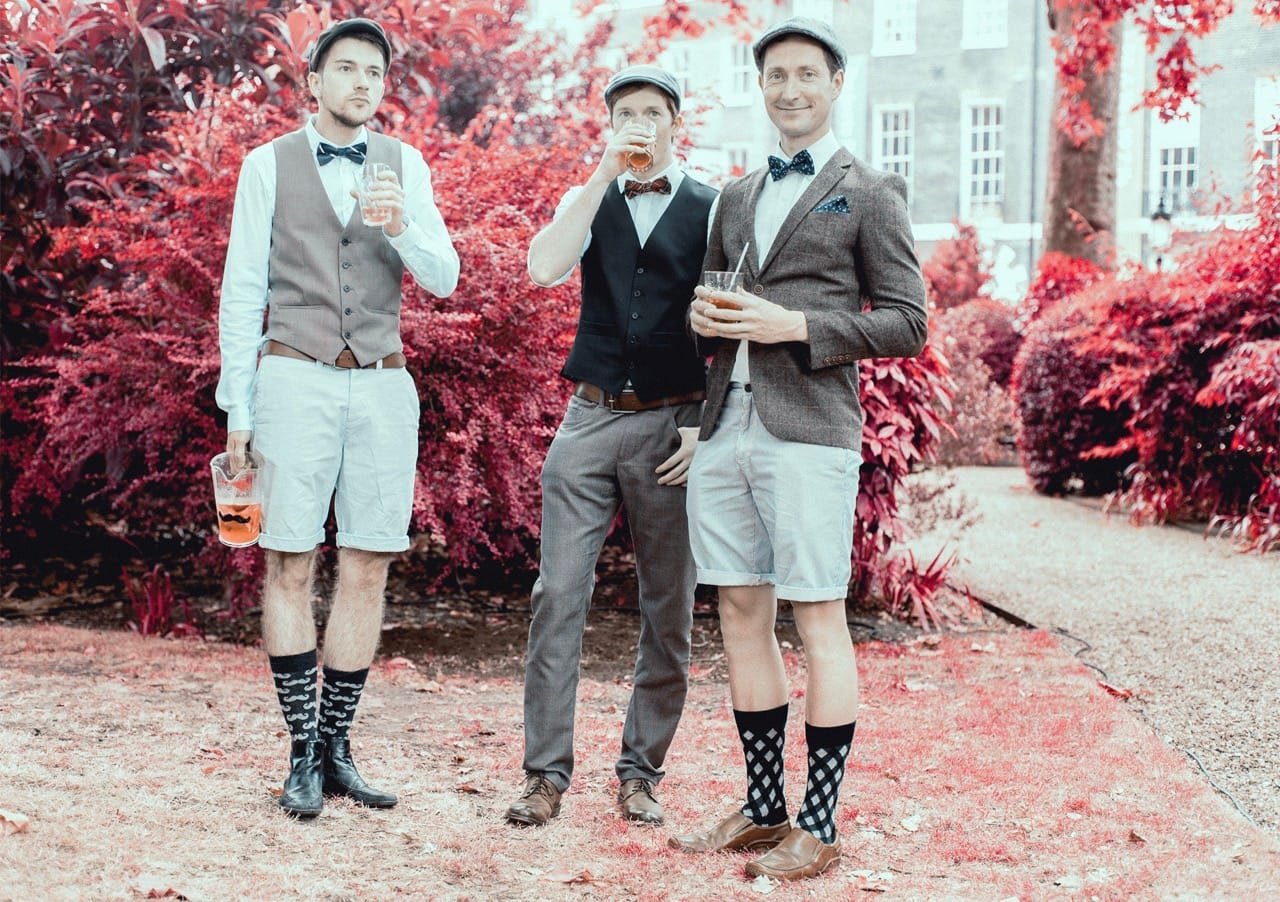
What’s been your most unexpected lesson from working in both grassroots Brighton and fast-paced London?
How close both cities are but how far apart they get thanks to the train services to the point of extreme, raw frustration. It’s so surreal, and the prices do not reflect the services they are offering! Shame on them.
Shoreditch is known for its creative energy and bold ideas. What excites you most about teaching and connecting with the photography community here?
Exactly that, the creative energy of such a diverse and vibrant community. I want to know what moves them, what excites them, and what gets them out to take pictures. I’m thrilled to be editing their work and helping them do the same for themselves and even encouraging them to take what they learn on the day and pass it on to their friends. As I mentioned above, we need more editors!
xxx
Xavi is running a series of free talks at Photobook Café, Shoreditch, as well as this paid Visual Narratives workshop. They are:
Putting together a portfolio, Monday 28 April, 6-9pm, free
How to land commercial work in portrait, food, and events, Monday, 12 May, 6-9pm, free
Visual narratives workshop, Saturday 24 May, 10.30am-5.30pm, £40
All can be booked by visiting www.photobookcafe.co.uk/whats-on. To learn more about Xavi’s work, visit www.xavierbuendia.com.
